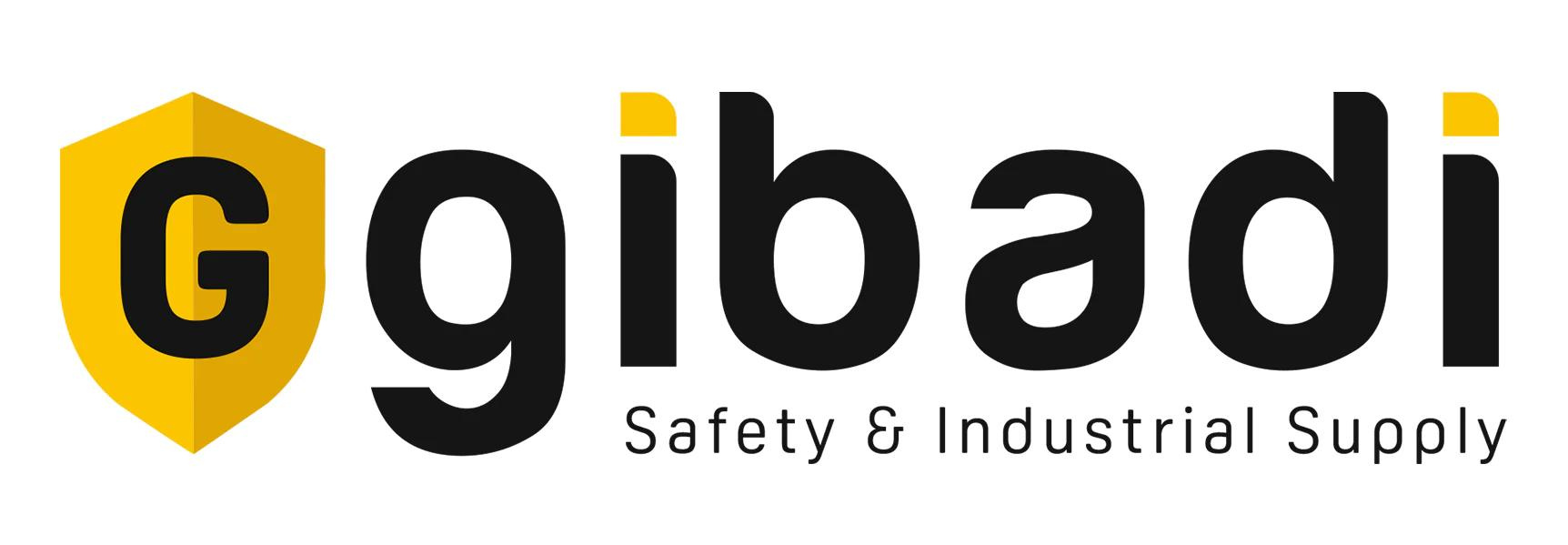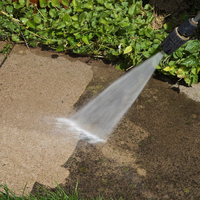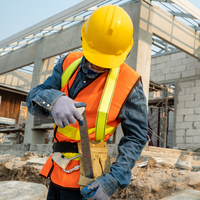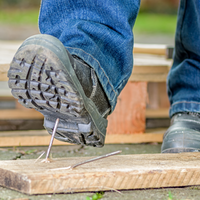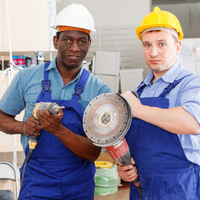At Gibadi, we know that not all safety boots are created equal and neither are all worksites. Whether you're walking through oil spills, working around welding sparks in a factory, or lifting heavy loads on a construction site, the right pair of safety boots isn’t a luxury it’s a necessity.
Wearing the wrong type of boot can lead to fatigue, slips, burns, crushed toes, or worse. So how do you know what’s right for your team?
Here’s a step-by-step guide to help you choose the perfect safety boots for your worksite.
1. Know the Hazards of Your Worksite
Before you shop, assess the environment:
-
Heavy equipment? → Look for steel or composite toe caps.
-
Slippery surfaces? → You’ll need slip-resistant soles.
-
Electrical hazards? → Go for electrical hazard (EH) rated boots.
-
Sharp objects on the ground? → Consider puncture-resistant midsoles.
-
Wet or chemical-prone areas? → Choose waterproof or chemical-resistant materials.
At Gibadi, we help businesses conduct basic safety assessments to ensure proper gear selection. One size does not fit all.
2. Choose the Right Toe Protection
There are three main types of protective toe caps:
-
🛠️ Steel Toe – Strong and durable; ideal for heavy industries like construction and manufacturing.
-
🔧 Composite Toe – Made of Kevlar, fiberglass, or plastic; lighter and doesn’t conduct electricity, perfect for electricians or security personnel.
-
🔨 Alloy Toe – Lighter than steel but offers similar protection; great for long hours on the job.
➡️ Pro Tip: For electrical work, avoid steel toe boots unless they are EH-rated.
3. Check the Outsole Grip & Resistance
Slips and falls are among the most common workplace injuries in Nigeria and beyond. Your boots’ outsole must be:
-
Slip-resistant
-
Oil and fuel-resistant (especially for mechanics and oil workers)
-
Heat-resistant (ideal for welders and engineers)
Rubber and polyurethane soles are great choices depending on the terrain and temperature of your worksite.
4. Prioritize Comfort & Fit
A good safety boot protects your whole body, not just your feet. Uncomfortable boots lead to fatigue, poor posture, and reduced productivity.
Look for:
-
Shock-absorbing insoles
-
Moisture-wicking lining (great for hot climates)
-
Padded collars and arch support
-
Proper sizing not too tight or too loose
At Gibadi, we stock boots from trusted global brands that prioritize both safety and comfort, ensuring your team performs their best all day long.
5. Durability & Material Quality
Cheap boots cost more in the long run — through injuries, replacements, and discomfort. Invest in high-quality materials like:
-
Full-grain leather for durability
-
Waterproof membranes for wet environments
-
Reinforced stitching and soles for rugged use
Final Thoughts: Your Feet Deserve Better
Choosing the right safety boot is about more than compliance — it’s about confidence, comfort, and care for your workforce. At Gibadi, we don’t just sell boots — we help you walk the path of safety.
Need Help Choosing?
We’re here for you.
👉 Visit www.gibadi.com or reach out for bulk orders, expert advice, or personalized recommendations.
